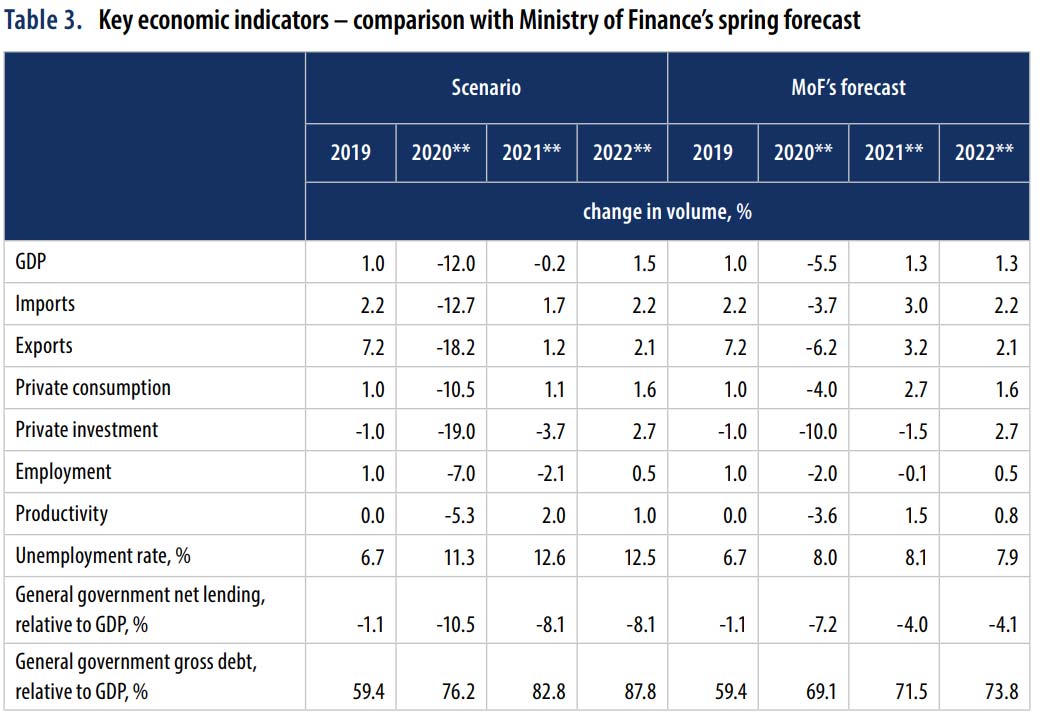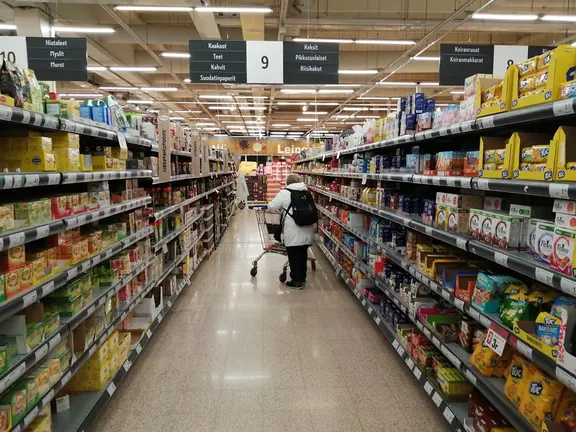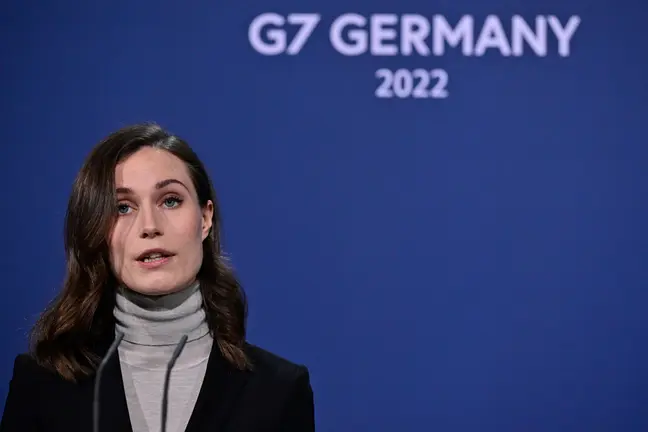The Finnish government is preparing for a difficult economic scenario due to the coronavirus pandemic. However, the scope of the coming crash has not yet been clarified.
The Stability Programme sent to Brussels by the Ministry of Finance exposes these gloomy perspectives: if the economic restrictions imposed to curb the virus last for three months, the document foresees a fall in the Gross Domestic Product (GDP) of 5.5% in 2020.
In that case, there will be large increases in the public deficit (up to 7.2% of GDP) and public debt (up to 69.1% of GDP). Unemployment will increase (to 8%) and Social Security funds will sink into deficit for the first time since statistics are available. All that, as long as the economy recovers quickly after three months of restrictions.
Government's alternative scenario
This is a fearsome but realistic panorama, in view of what is happening with the global economy and the forecasts presented by other European states.
However, this is not the worst case scenario. The Stability Programme also presents an "alternative scenario" in which the restrictive measures imposed due to the Covid-19 pandemic would last for 6 months. And this is where a huge disaster is anticipated.
According to this alternative scenario depicted by the Ministry of Finance, the Finnish economy could contract by "as much as 12% in 2020."
The contraction would be hardest in the second and third quarters of the year, although growth would recover "quickly" at the end of 2020. But still, at that point damage would be too hard to recover and the depth of the contraction would not allow to achieve pre-crisis leves in 2021. Therefore, the crisis would take much longer than 2 years and that would result in further losses in production and employment.

Alternative scenario vs. previous forecast. Source: Ministry of Finance / Stability Programme.
"Dramatic fall" in output
In the document sent to the EU, the Finnish Ministry of Finance explains that in this "alternative scenario", public-sector measures supporting businesses, employment and purchasing power "would not prevent a dramatic fall in output in the second and third quarters of 2020 and would not be sufficient to prevent the destruction of production potential."
"When the movement restrictions are lifted, the level of economic activity would rise rapidly but would remain well below pre-crisis levels. Unemployment in particular would reach extremely high levels, which would weaken purchasing power," the Stability Programme says.
The sharper contraction of the economy would increase the general government deficit to over 10% of the GDP.
Debt-to-GDP 88% by 2022
Similarly, indebtedness would accelerate and the debt-to-GDP ratio might increase to nearly 88% by 2022. This would mean further measures would probably be required to mitigate the effects of the epidemic, which would result in the central government shouldering additional costs.
"The recovery in 2021 would therefore be slower than in the baseline scenario," the document states.
The programmes are part of the EU's annual European Semester process for coordinating the economic and fiscal policies of Member States.














